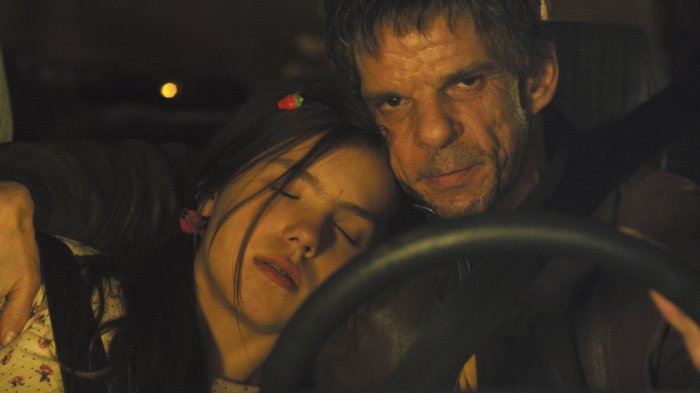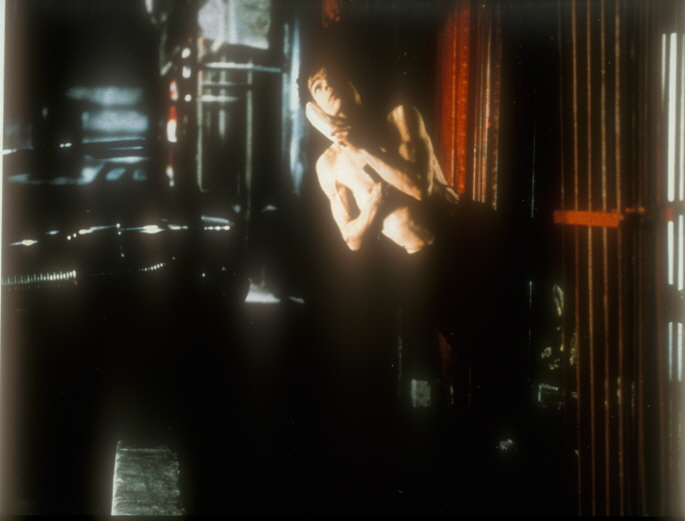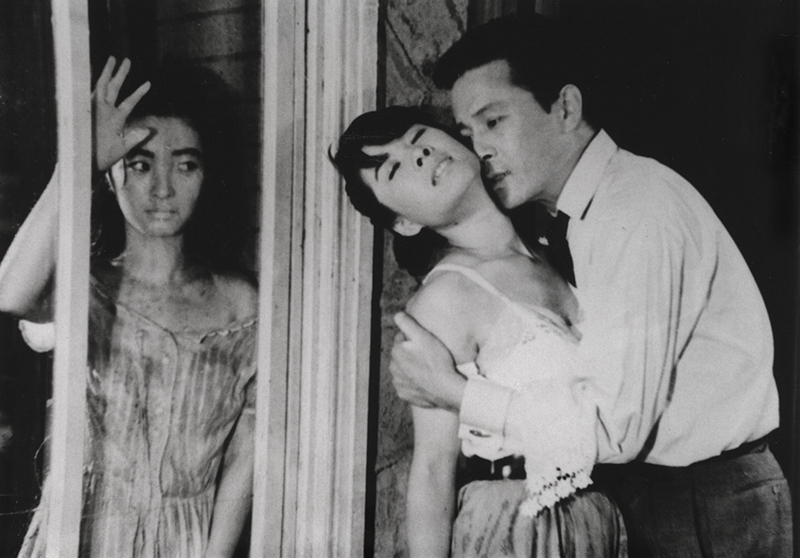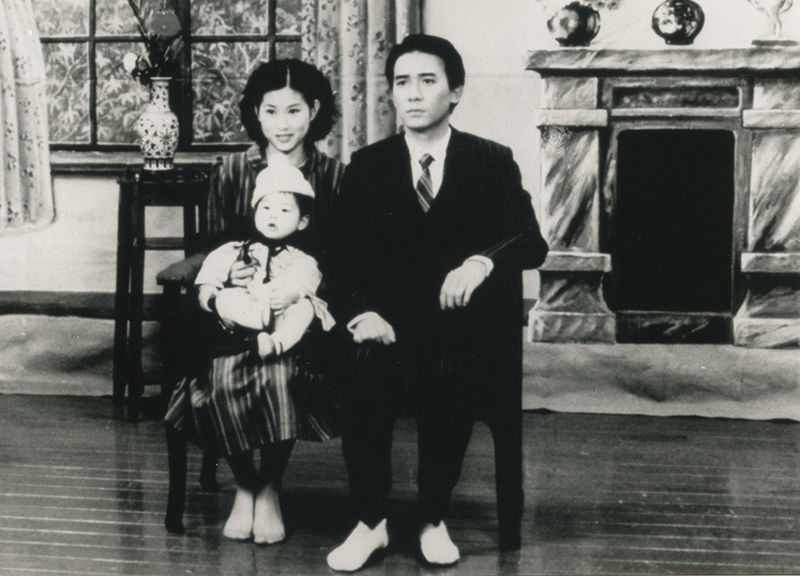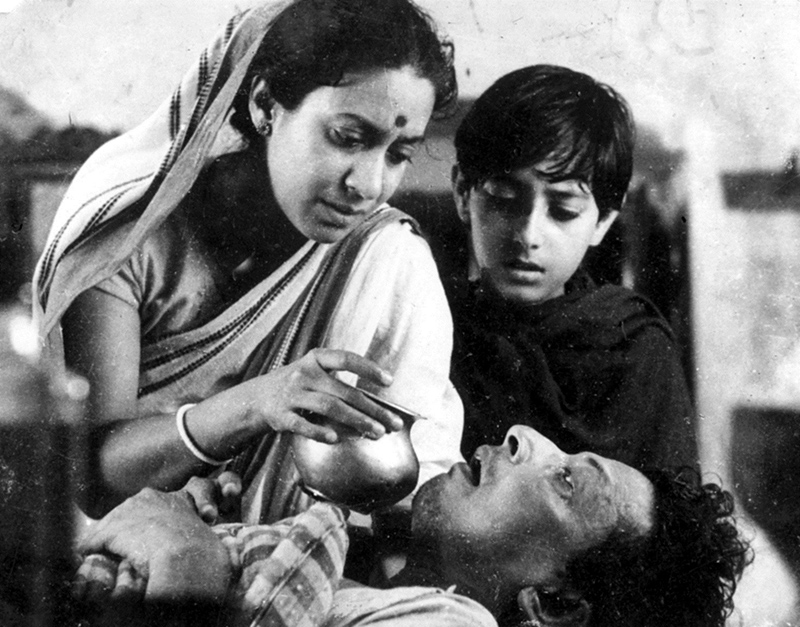영화 정보
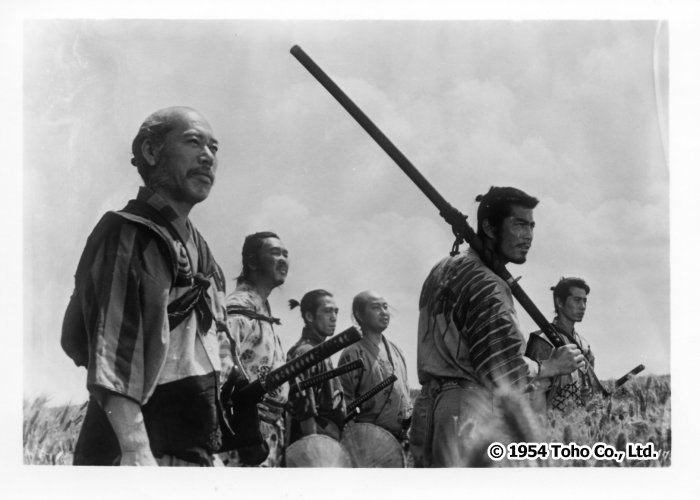
Seven Samurai
20th(2015) Special Programs in Focus
Adventure · Crime/Violence · Martial Arts
- CountryJapan
- Production Year1954
- Running Time207min
- Format Film(35mm)
- ColorB&W
Program Note
It is likely that Kurosawa Akira’s Seven Samurai (1954) is the most frequently remade film in all of world cinema. Though certainly the same director’s Rashomon (1951) is a serious candidate for that unique distinction, the idea of a group of people gathering together to defend a weaker group from some sort of menace has proven a universal structure. From Hollywood to Bollywood and points in between, Kurosawa’s study of warriors at loose ends who, for various reasons, decide to help a group of villagers stave off marauding bandits has found purchase. It is equally clear that Kurosawa’s method, especially filming men in action, has set the standard for handling action in the cinema.
One could go on in this vein, talking about the influence of Seven Samurai, but that would do a disservice to Kurosawa’s epic masterpiece. For however many times it has been remade, however great its influence has been across the globe, it still stands alone as the greatest movie ever made about men in war. Kurosawa understands that difficult times bring out both the best and worst in men; that basic human decency is often in short supply at such times; that men’s motives for embarking on what appears to be a suicidal undertaking may vary, but in the end such men show courage and grace.
Kurosawa often sets his films in moments of historical crisis or major shifts. Here, toward the end of the period of constant civil war, of warlords fighting to take control of the country, he focuses on seven men who seek some sort of personal knowledge or redemption. The samurai’s interaction with each other reveals one of Kurosawa’s founding values: male camaraderie. Eventually, to the credit of the samurai, their bonding extends to the farmers such that any death—of samurai or farmer—affects not only the other characters, but the audience as well. At the same time, Kurosawa notes the professionalism of the men— their ability to plan, to train others, and to fight. The judicious use of slow motion in Kyuzo’s introductory scene; the harrowing use of the long lens that compresses the space between the heroes and their adversaries; and the dynamic montage of the climactic battle—the rain, the horses, the running men, the arrows, swords and guns and the sad and tragic deaths of the samurai we have come to know and respect. (David DESSER)
Director


KUROSAWA Akira
As the maestro of Japanese cinema, he was born in Tokyo in 1910 and joined P.C.L studio when he was 26, starting his work as a production team member for Kajiro Yamamoto. He built his own cinematic world after World War II: describing the story of the people who lead individual loves, rejecting the group in the dark and hopeless atmosphere of the defeat. He led technical revolutions building up his own style, i.e. stylized mise-en-scene, excellent sense of editing, and adequate use of camerawork.
Photo


Credit
- Director KUROSAWA Akira 구로사와 아키라
- Producer Sojiro Motoki
- Cast Takashi Shimura, Toshiro Mifune, Seiji Miyaguchi, Yoshio Inaba, Daisuke Kato, Minoru Chiaki, Isao Kimura, Kokuten Kodo, Yoshio Tsuchiya, Yukiko Shimazaki, Keiko Tsushima, Yoshio Kosugi
- Screenplay Akira Kurosawa, Shinobu Hashimoto, Hideo Oguni
- Cinematography Asakazu Nakai
- Production Design Takashi Matsuyama
- Music Fumio Hayasaka





